During the recent couple of mornings, a tide of Neotropical migrants has been rolling along the crests of the Appalachian ridges and Piedmont highlands of southern Pennsylvania. In the first hours of daylight, “waves” of warblers, vireos, flycatchers, tanagers, and other birds are being observed flitting among the sun-drenched foliage as they feed in trees along the edges of ridgetop clearings. Big fallouts have been reported along Kittattiny Ridge/Blue Mountain at Hawk Mountain Sanctuary and at Waggoner’s Gap Hawk Watch. Birds are also being seen in the Furnace Hills of the Piedmont.
Here are some of the 300 to 400 warblers (a very conservative estimate) seen in a “wave” found working its way southwest through the forest clearing at the Second Mountain Hawk Watch in Lebanon County this morning. The feeding frenzy endured for two hours between 7 and 9 A.M. E.D.T.
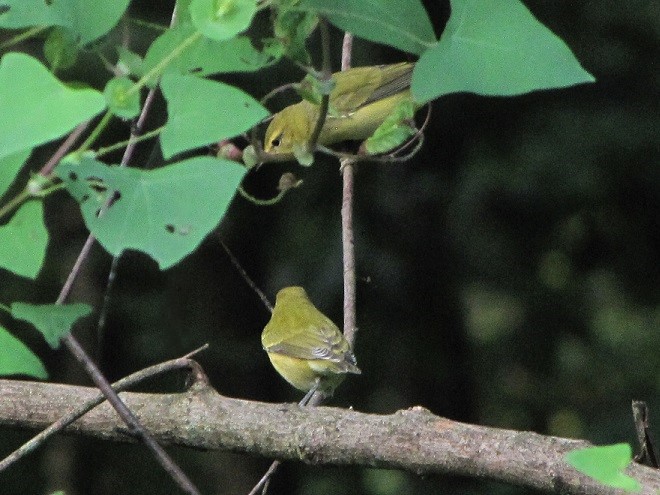
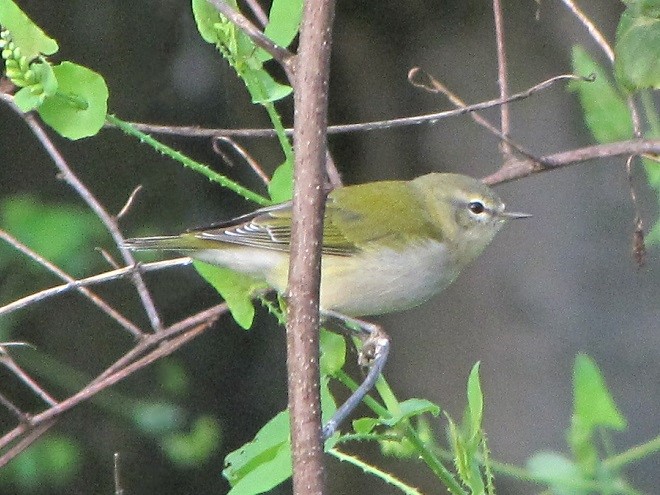
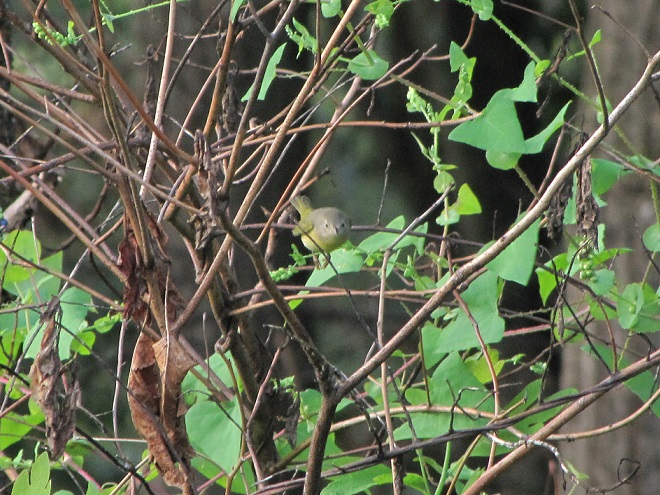
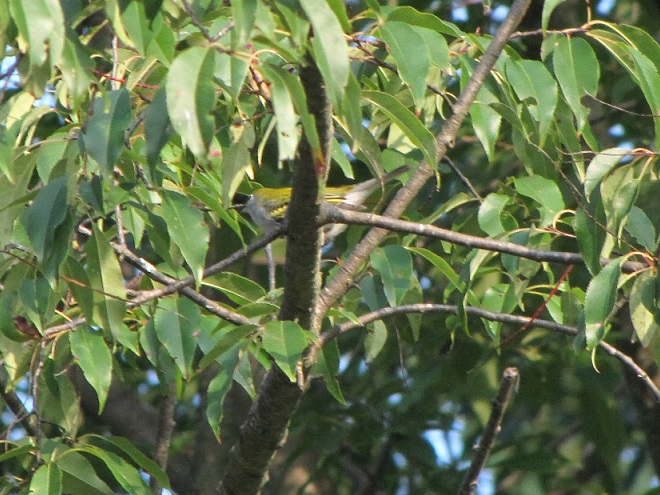
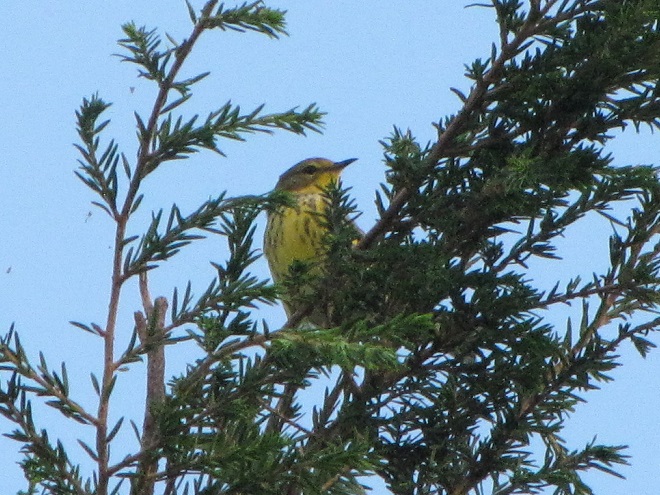
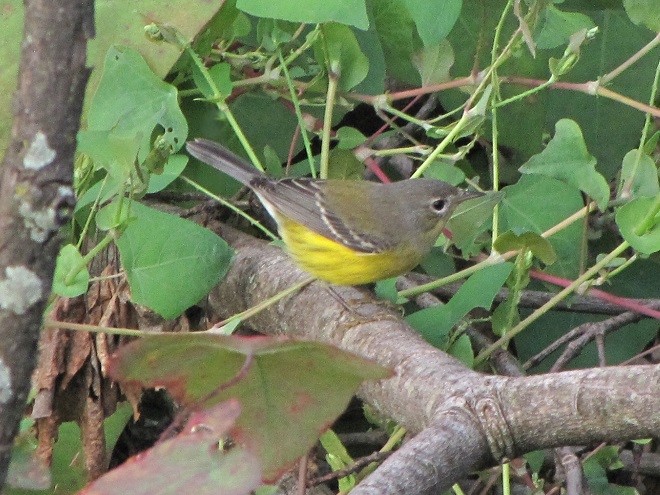
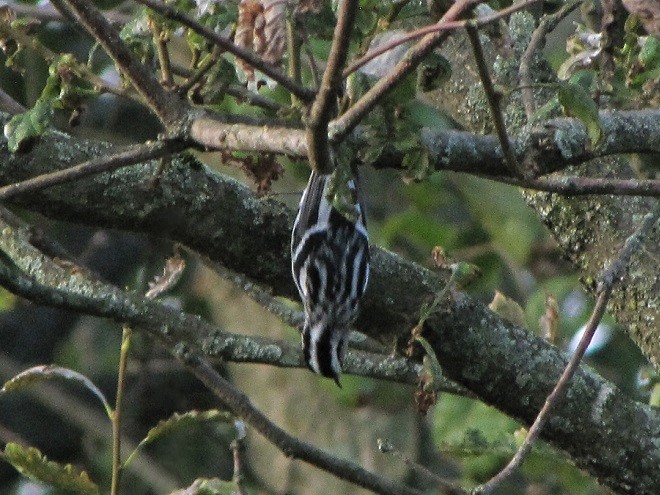
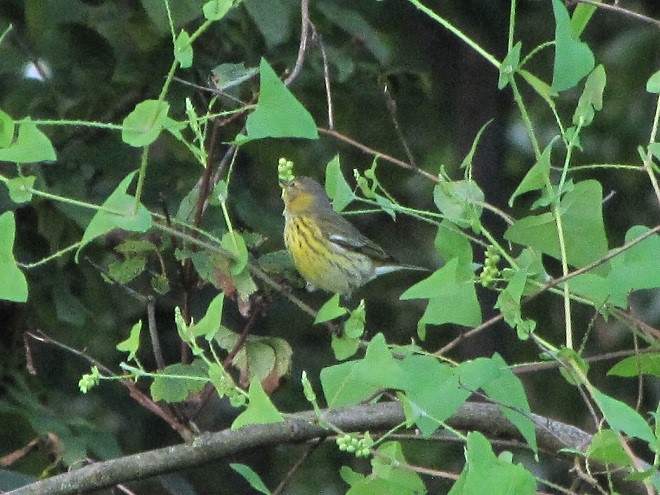
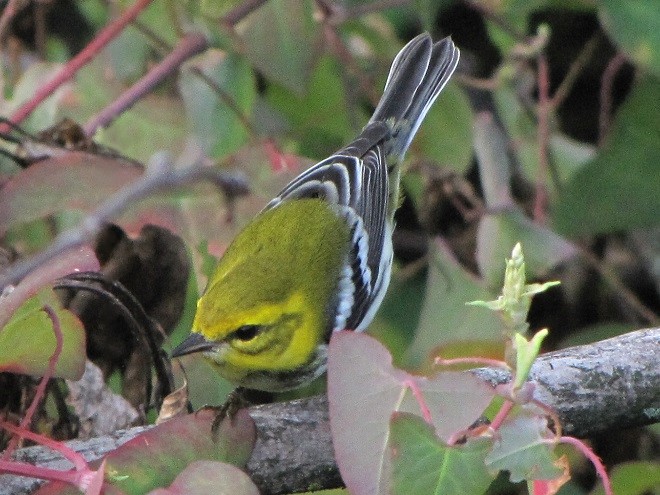
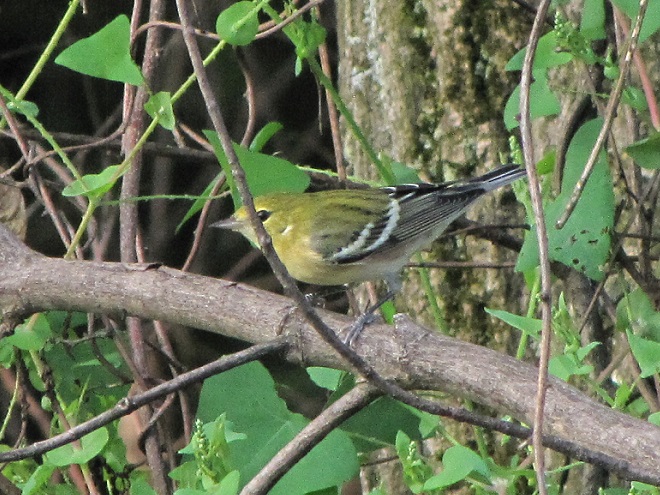
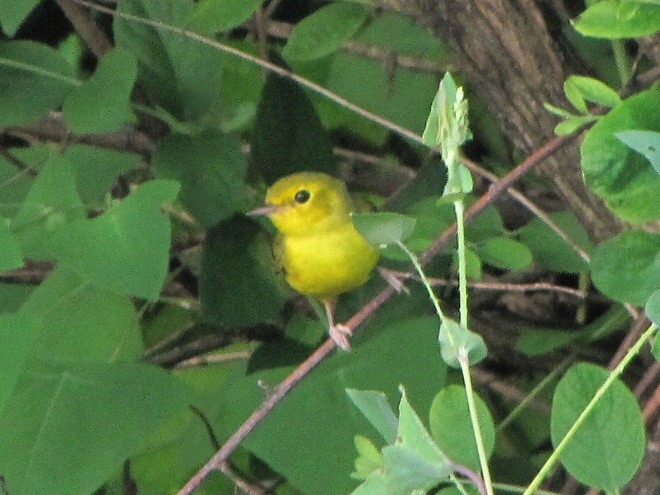
Not photographed but observed in the mix of species were several Black-throated Blue Warblers and American Redstarts.
In addition to the warblers, other Neotropical migrants were on the move including two Common Nighthawks, a Broad-winged Hawk, a Least Flycatcher (Empidonax minimus), and…
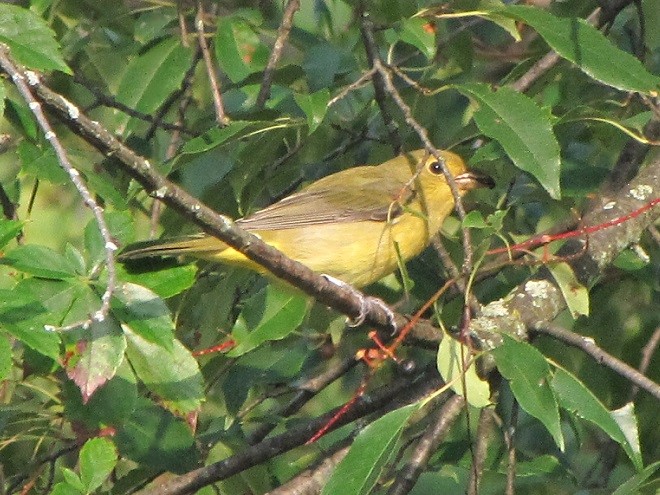
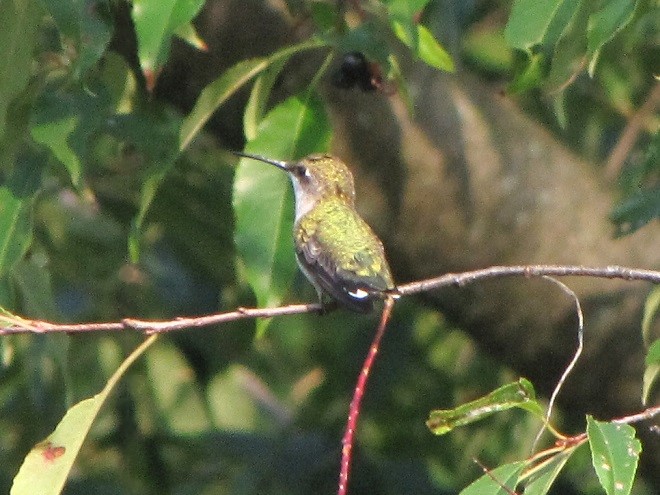
Then, there was a taste of things to come…
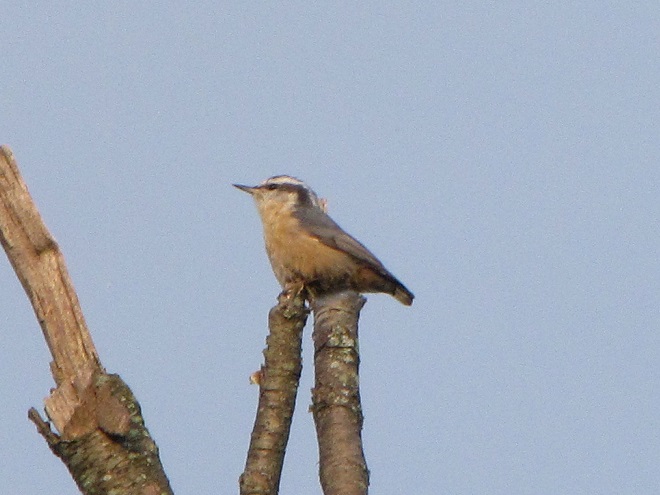
Seeing a “wave” flight is a matter of being in the right place at the right time. Visiting known locations for observing warbler fallouts such as hawk watches, ridgetop clearings, and peninsular shorelines can improve your chances of witnessing one of these memorable spectacles by overcoming the first variable. To overcome the second, be sure to visit early and often. See you on the lookout!
